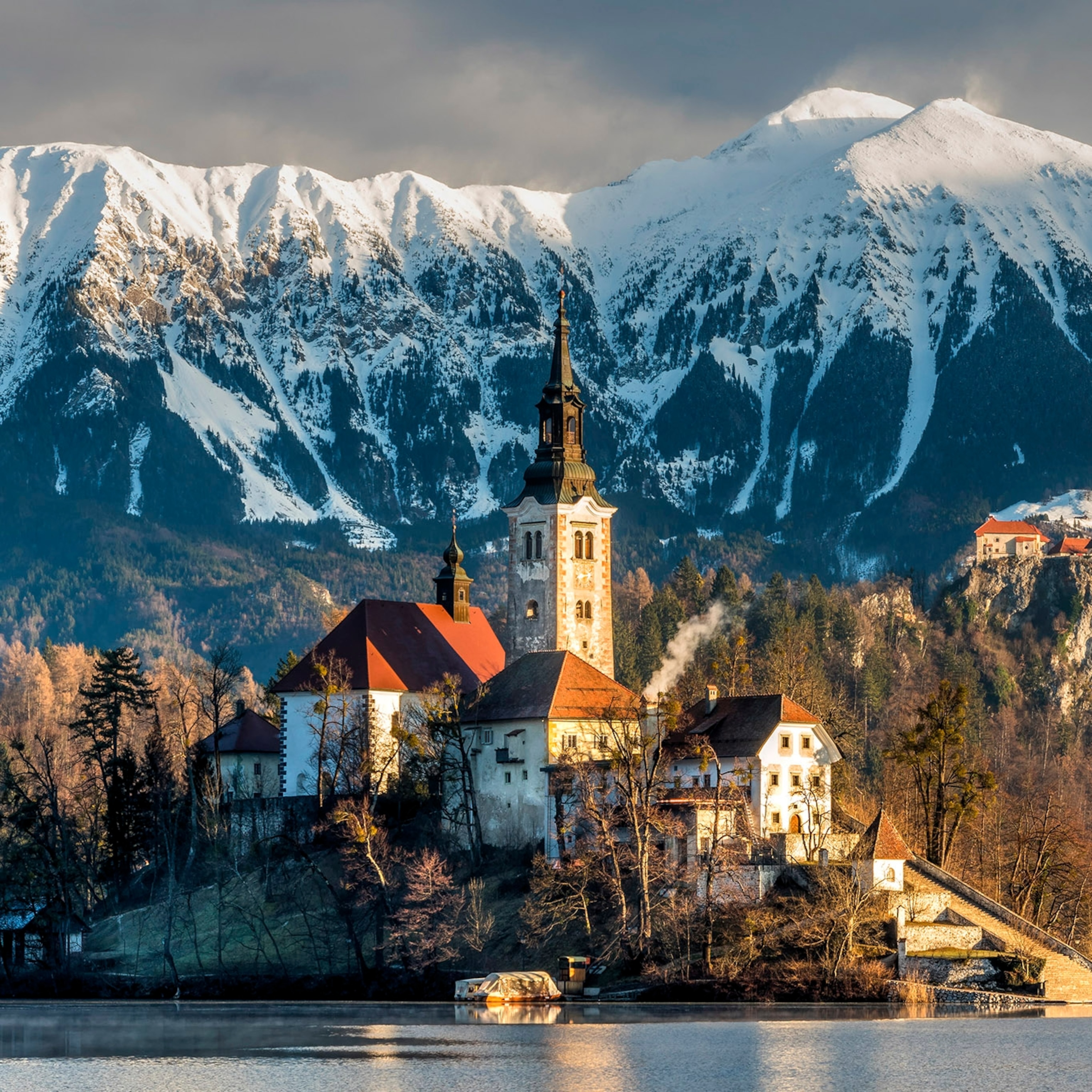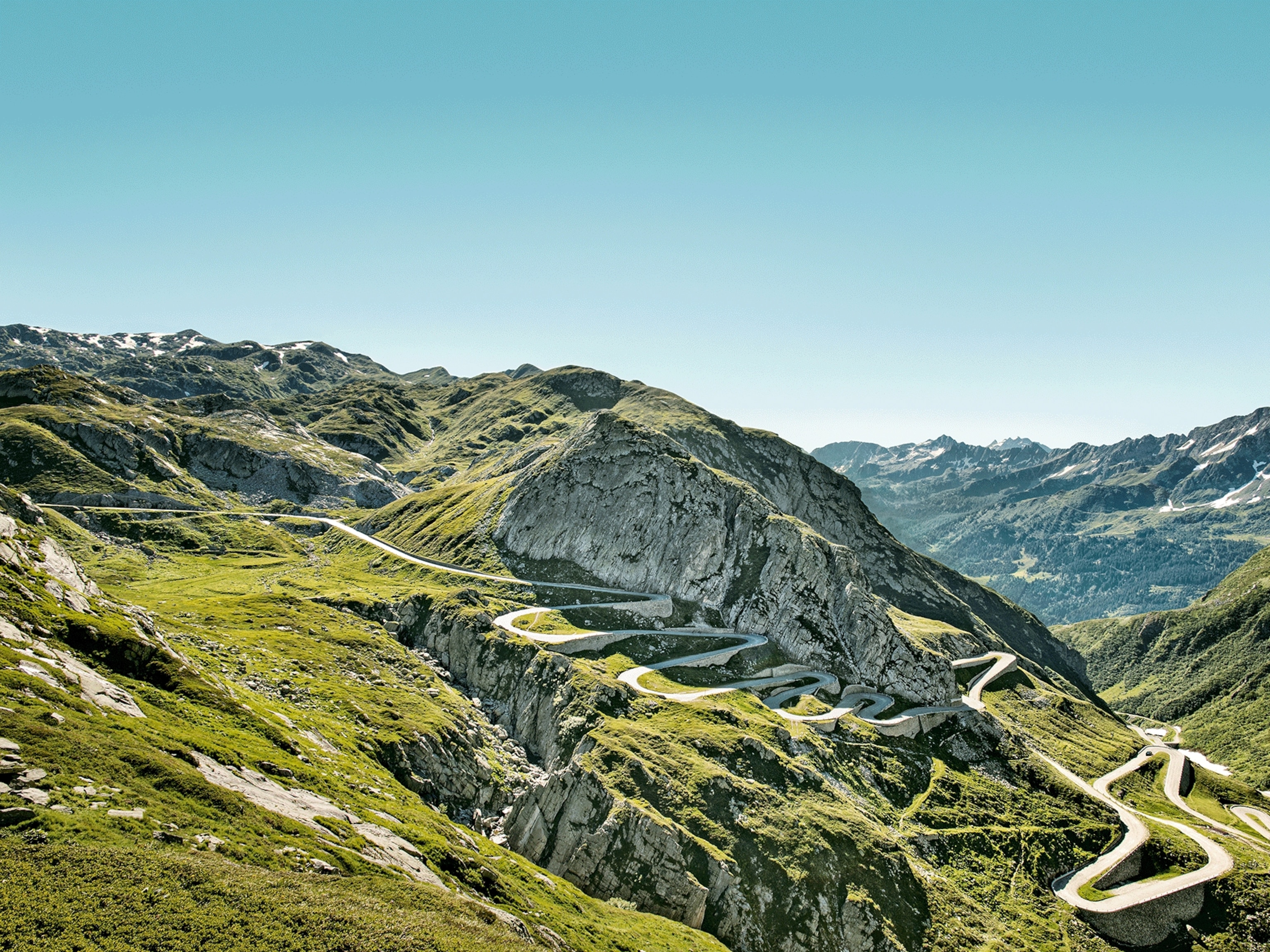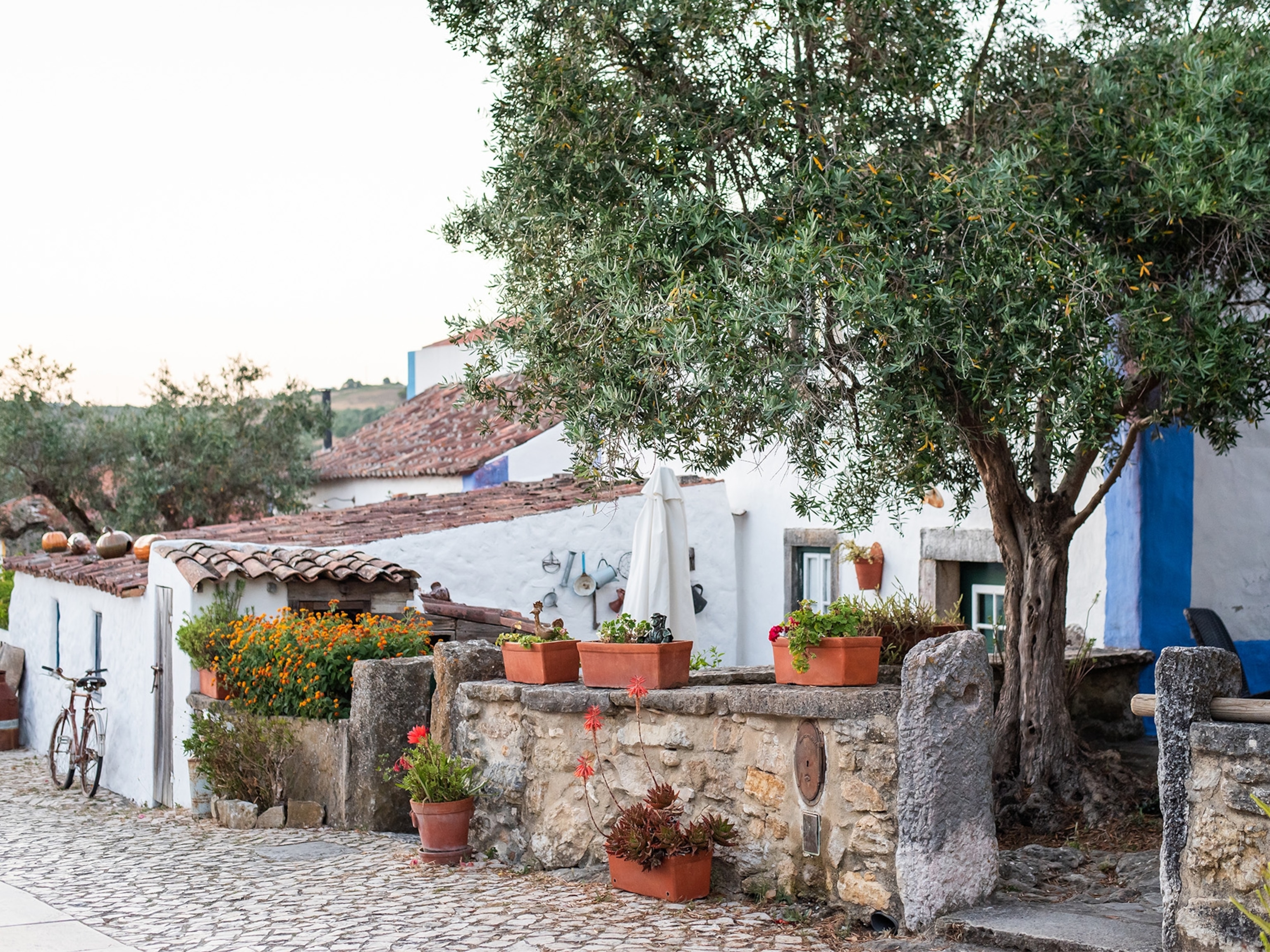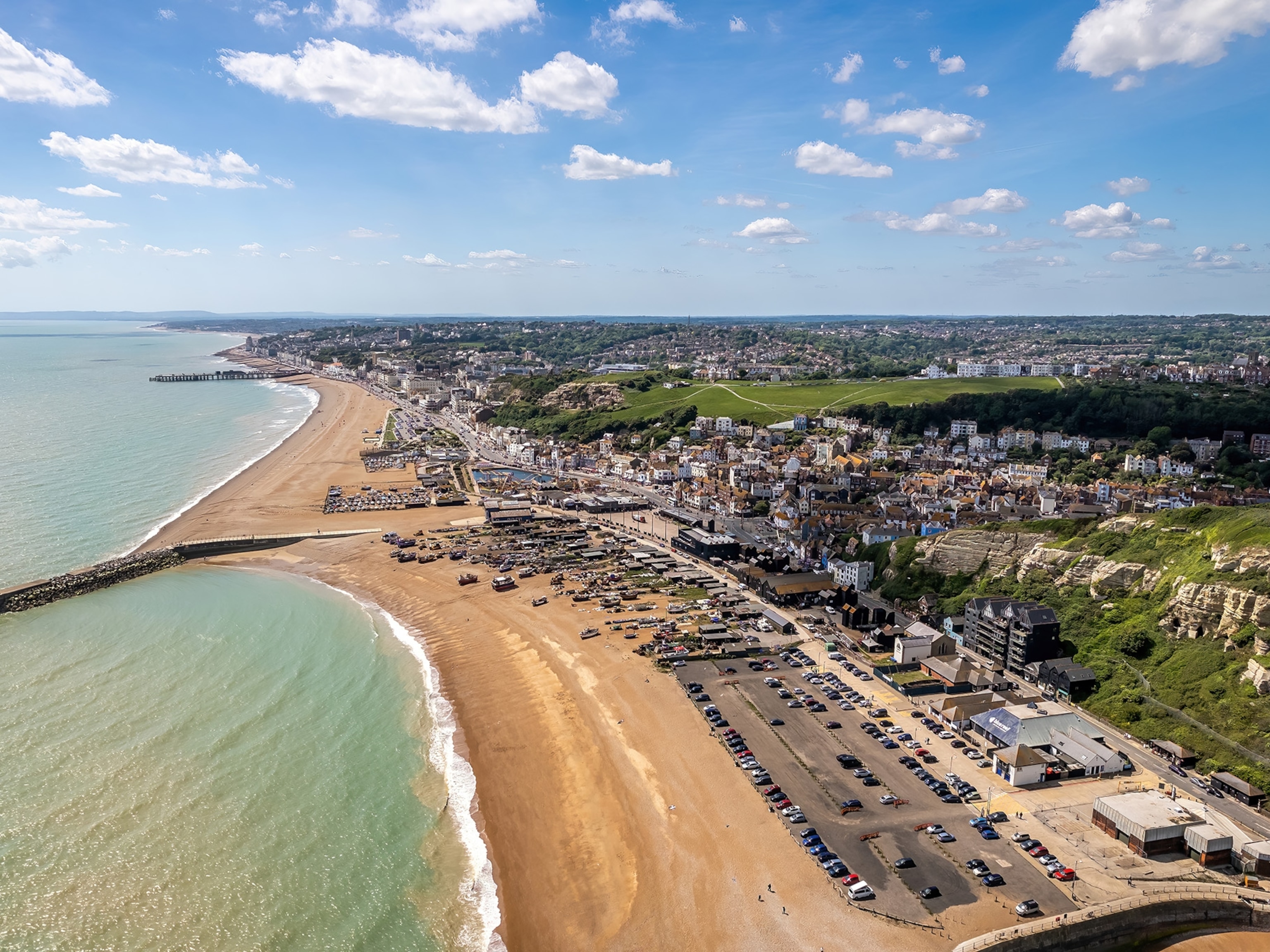
How to spend a weekend in Anglesey, Wales
With unspoilt beaches and dramatic ruins, Wales’ largest island packs a punch. But delve deeper and discover a flourishing food scene at the heart of the country’s gourmet revolution.
In ancient times, Anglesey was a world apart from the British mainland: an island realm sacred to Druid priests, who cursed invading Romans over the water with gruesome spells. Two millennia on, it’s far easier to reach Anglesey (via one of the two bridges across the Menai Strait), and you can be sure of a warmer welcome. You might spend anywhere between a weekend and a lifetime wandering quiet trails that crisscross its mossy cliffs, strolling seaside towns that are bastions of the Welsh language, or tripping over ancient standing stones left by the long-vanished Druids. The island was once known as the ‘Mother of Wales’ because its fertile fields fed the nation, and in a modern reinvention of that tradition, a crop of new restaurants have set up shop, giving Anglesey a reputation as Wales’ gastronomic heartland.
But the lingering memory after any visit to Ynys Môn, as it’s known in Welsh, is some of the most sublime beaches in Wales and, for that matter, the whole country: wind-tousled expanses that are the stuff of sandcastle daydreams. Walking between the dunes and the tides, you might glimpse the peaks of Snowdonia rising over the Menai Strait, ships departing from Liverpool docks, or even distant Ireland over silvery waves. You could forgive the Druids for believing these were sacred shores.
DAY ONE: PIERS & PUFFINS
Morning
Arriving on Anglesey via the Menai Bridge or Britannia Bridge counts as an event in itself: the whirlpools of the Menai Strait swirling far below, the silhouette of Snowdonia behind you. Many visitors’ first stop is Llanfairpwllgwyngyllgogerychwyrndrobwllllantysiliogogogoch (which pragmatic locals just call ‘Llanfair PG’), but unless you want a selfie with the long station sign, drive straight to Beaumaris: the prettiest town on the island, with a huddle of pastel-hued townhouses braced against onshore winds. While you’re here, storm the ramparts of the town’s castle and look down on the ducks in the moat, or catch hapless crabs from the Victorian pier. On Castle Street, The Midland tapas bar is a local favourite for lunches: an unlikely but overwhelmingly happy marriage of Welsh seafood and Iberian charcuterie.
Afternoon
Known in Welsh as Ynys Seiriol — and English as ‘Priestholm’ or ‘Puffin Island’ — this little landmass has three more names than it has human residents. Once a haunt of reclusive monks, these days guillemots, razorbills and kittiwakes soar over the summery meadows and cliffs of this wildlife haven just beyond Beaumaris, as well as puffins who give the island its name. Cruises around the island depart from Beaumaris pier, with bottlenose dolphins, seals and porpoises sometimes making an appearance. Back on terra firma, a 10-minute drive from Beaumaris takes you to Penmon, passing an old priory to reach a headland where a lonely lighthouse rises over rockpools. It has arguably one of Anglesey’s most stirring views: east to the Great Orme and Llandudno and south to the foothills and rugged summits of the Carneddau mountains.
Evening
From Penmon, follow winding, hedgerow-hemmed lanes westward, past the sands of Red Wharf Bay. Sneak in for a drink at the Ship Inn, an 18th-century pub set inches from the waves: after a few pints amid its wonky, nautical-themed interiors, you might indeed feel like you’re far out at sea. Afterwards, make your way back to the town of Menai Bridge, arguably Anglesey’s gastronomic capital. Overlooking the Menai Strait, Dylan’s is a crowd-pleasing brasserie with a rambling menu that spans lobsters, seafood tacos and various Anglesey-themed cocktails. Alternatively, North Wales’ most sought-after restaurant is the Michelin-starred Sosban and The Old Butchers. Diners book well ahead to get a table at this intimate spot, where chef Stephen Stevens’s menu champions the finest ingredients from across North Wales.

DAY TWO: SEASIDE & SALT
Morning
Driving southwest from Menai Bridge and Llanfair PG, cross into the most picturesque corner of the island, where patchwork fields and copses drop down to the shores of the Menai Strait. You’ll soon pass by the National Trust’s Plas Newydd, a stately home edged by sprawling lawns, and the battlements of Caernarfon Castle rising on the mainland. Veer off at Brynsiencyn and head to Halen Môn: an artisan sea salt producer at the vanguard of Anglesey’s new gastronomic fame. Linger for lunch at Tide/Llanw, Halen Môn’s on-site cafe which, when the winds allow, features a giant, Nordic-style teepee. Cockle-warming cawl (soup), rarebit and wood-fired pizzas might be on the menu. From here, it’s a 30-minute drive on to Llanddwyn.
Afternoon
Llanddwyn is a vast beach of celestial beauty: it’s starred in Hollywood films, TV series and plenty of Instagram posts besides. The beach suddenly barges into view as the road emerges from Newborough Forest; from the car park, walk about a mile north along the sands to reach tidal Llanddwyn Island itself. Patrolled by wild ponies, Llanddwyn Island is associated with the legend of St Dwynwen (the Welsh saint of lovers), and lovestruck pilgrims sometimes pay tribute at her ruined church. It’s a suitably romantic setting, too, with hidden coves and turquoise waters. Return to the car park, walking back through Newborough Forest. The woodland has a red squirrel breeding programme, so keep an eye out for them.
Evening
The seaside village of Rhosneigr is a fine place for an early evening stroll: go wandering its sand-strewn lanes, watch the sun sink among the archipelago of islets offshore, or see the last of the day’s windsurfers gliding over the bay. It also has a few decent spots to visit after sunset, including The Oyster Catcher, where diners can sip craft ales in beach huts among the rolling dunes. But for one of Anglesey’s most memorable meals, retrace your route to Llanfair PG and the Marram Grass. Housed in an old potting shed, it’s normally associated with its pioneering tasting menus. During Covid-19 however, the Marram Grass is hosting ‘Moch a Môr’ — a pop-up restaurant serving pork dishes sourced from their on-site pig farm.
Top three: Anglesey Coastal Path walks
In 2012, Wales became the first country in the world to have a long-distance footpath traverse its entire shoreline, and the Anglesey section is one of the highlights.
1. South Stack and North Stack (5 miles)
Set in the northwestern nook of Holy Island, the soaring sea cliffs around South Stack and North Stack make up the last geological flourish before Wales crumbles away into the Irish Sea. Park at the South Stack car park to join this epic stretch of the Coastal Path, detouring briefly to tackle the 400 steps that run down to the lighthouse. Then, rejoin the trail through windswept heathland towards the island of North Stack, looking out for razorbills and puffins swooping by in early spring and summer. It’s easy to return to your starting point, contouring around the eastern slopes of Holyhead Mountain, with views of ferries departing for Dublin.
2. Llanfair PG to Brynsiencyn (7 miles)
This flat, easy section sees the Coastal Path follow the current of the Menai Strait. Walk the A4080 southwest from Llanfair PG before branching off into rolling fields. You’ll soon arrive at Bryn Celli Ddu, a 6,000-year-old monument that’s one of Wales’ most spectacular Neolithic sites, where a narrow passage leads to a shadowy tomb. Back in the present day, head southeast towards the beach at Moel y Don, then follow the shoreline backed by woods and fields towards Brynsiencyn: the mainland seems almost within touching distance to your left. At Brynsiencyn, you can catch a bus back to Llanfair PG four or five times a day.
3. Aberffraw to St Cwyfan’s Church (5 miles)
Known in English as ‘The Church in the Sea’, St Cwyfan’s is a 12th-century church, poetically adrift on a little islet, a short way west from Aberffraw. Starting at Aberffraw, follow the coastal path along the north bank of the estuary until it reaches blustery cliffs. Soon you’ll arrive at Porth Cwyfan itself — the island may or may not be accessible, depending on the tide, and the church is generally locked, opening only for a few services in summer. All the same, it makes for an eerie place to linger as the sun slowly sinks into the Irish Sea. After sunset, circle back east to Aberffraw along country lanes. walescoastpath.gov.uk
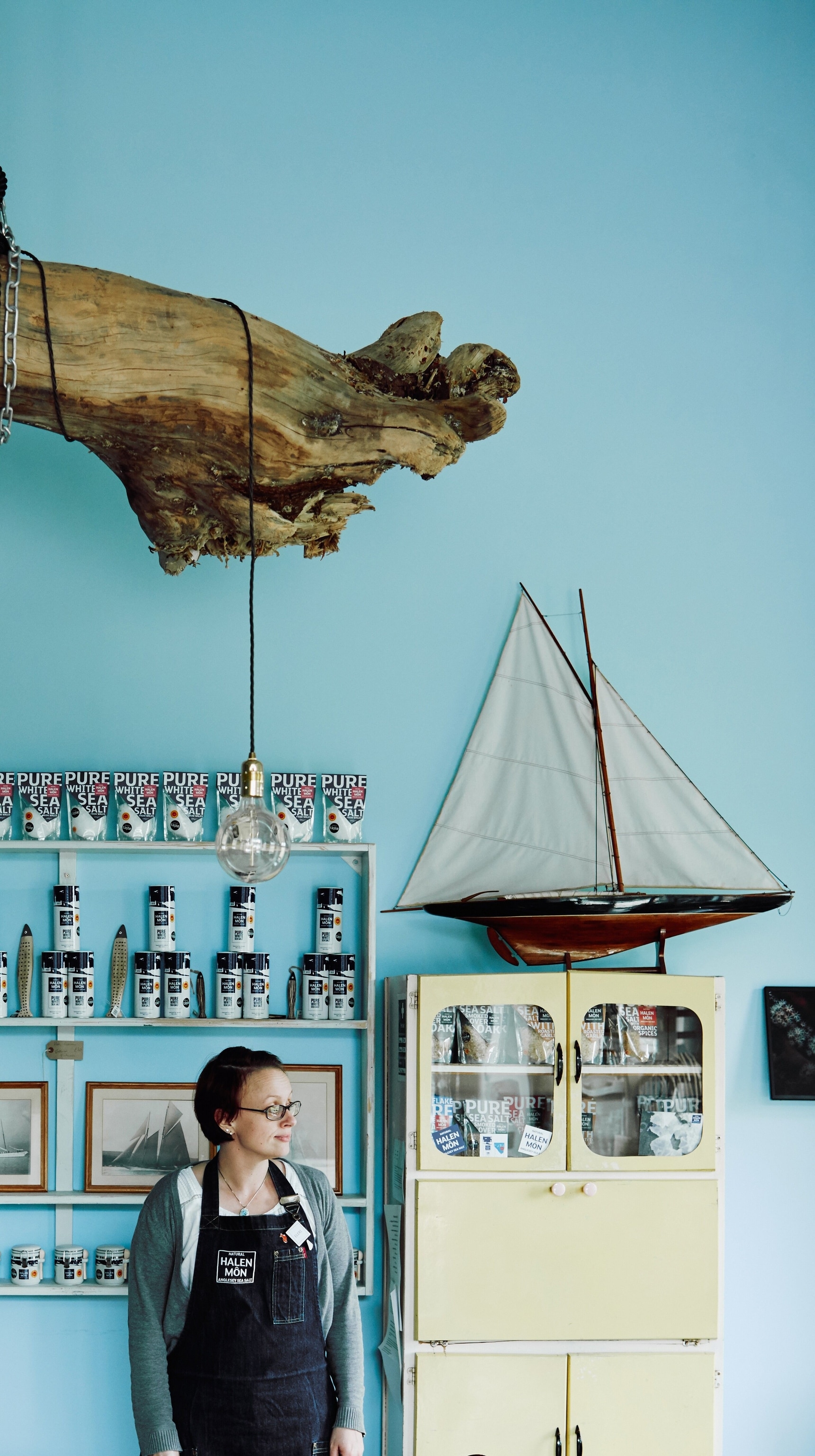
Top five Anglesey beaches
1. Aberffraw Bay (Traeth Mawr)
Beloved of dog-walkers, the approach to Aberffraw Bay is half the appeal – you follow a tidal brook downstream from the 18th-century humpbacked bridge, until it turns to reveal a swathe of sand. Y Goron (The Crown) in Aberffraw village makes for a cosy retreat after a walk.
2. Porth Trecastell
Known to some as Cable Bay (a telegraph cable was laid from here to Ireland and from there to America), this blink-and-you-miss-it beach lies just south of Rhosneigr, and it’s a favourite with surfers. Climb up to Barclodiad y Gawres, a Neolithic burial chamber overlooking the sands.
3. Porth Wen
Perhaps the most secluded and melancholy of Anglesey’s beaches, Porth Wen is a shingle beach on the little-visited north coast, best visited as part of a longer walk from the villages of Bull Bay or Cemaes. At one end you’ll find an abandoned Victorian brickworks, whose chimneys rise over an old harbour.
4. Rhoscolyn Beach (Borth Wen)
Set on the southern edge of Holy Island (linked to Anglesey by a causeway), Rhoscolyn is accessed by a narrow country lane. Be warned: there are few turning places should you meet a driver coming the other way. The reward for making it here is one of the finest sandy beaches in North Wales.
5. Lligwy Beach
A family favourite, this strip of sand backs onto the rolling farmland of the east coast. Squint out to sea and you might just be able to make out Ynys Dulas — an uninhabited island crowned by a 19th-century rescue tower, built as a shelter for shipwrecked mariners.
Top three local foodie finds
1. Bara brith
Translated into English as ‘speckled bread’, this is Wales’ most sacred dish: a weighty tea-flavoured fruitcake found everywhere from Caernarfon to Carmarthen. It generally arrives with ‘panad’ — Welsh for ‘a cuppa’. Pick up a loaf at Hooton’s in Brynsiencyn.
2. Lobscaws
Said to have made a long, convoluted journey to North Wales from the Baltic via Liverpool seafarers, lobscaws — or lobscouse — is a rich broth made with beef and vegetables. Though rarely found in local restaurants, it’s a stalwart in homes across the island.
3. Welsh cakes
Known as griddle cakes (among many other monikers), Welsh cakes are fruity treats that have been a teatime staple since the 1800s. Whisper it: while technically not in Anglesey, Popty Conwy Bakery just over the water on the mainland serves up some of the best.

Name game
Llanfairpwllgwyngyllgogerychwyrndrobwllllantysiliogogogoch is the little village with the longest place name in Europe (and the second-longest in the world after a hill in New Zealand). The name is probably made up, thought to be the result of a 19th-century publicity stunt
How to do it
Anglesey has railway stations at Llanfair PG and Holyhead, with request stops at Rhosneigr and Valley, but the best way to explore the island is with private transport. It’s roughly one hour’s drive to Anglesey from the English border at Chester, and four hours from Cardiff.
The Bull in Beaumaris has doubles from £111, room only.
visitanglesey.co.uk
croesomon.co.uk
Published in the June 2021 issue of National Geographic Traveller (UK).
Follow us on social media
Twitter | Facebook | Instagram
